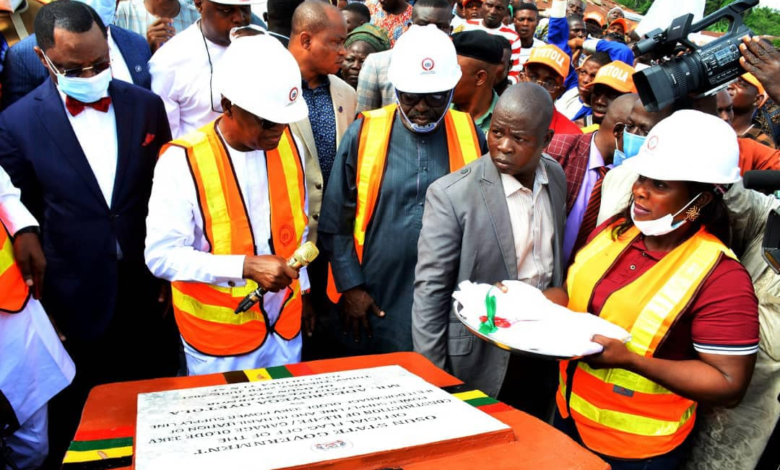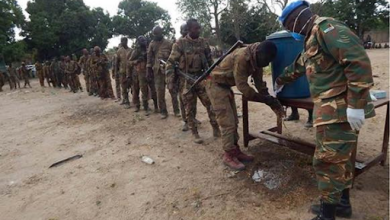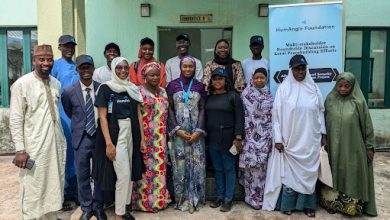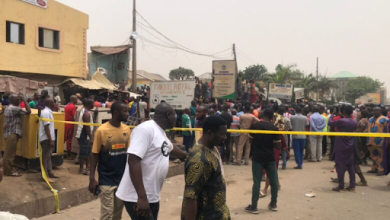After HumAngle Report, Govt Begins Construction Of 33KV Power Supply Line In Nigeria’s Southwest State
Barely two months after HumAngle reported how 40 communities in the state have been without electricity for 10 years, the government takes action.

As part of his rural renewal programmes, Gboyega Oyetola, Governor of Osun state, has directed the construction of power supply lines across rural communities in the Southwest Nigeria State.
The 33kVA power line will cover Ile-Ife to Garage-Olode. He also announced the rehabilitation of another power line at Ifetedo/Garage Olode, Ife South Local Government of the state.
This is coming barely two months after HumAngle reported how 40 communities in the state have been without electricity for 10 years and efforts to get it restored have been futile.
“It was my pleasure to flag-off the construction of a 33KV power supply line from Ile-Ife to Garage-Olode (Awolowo Town) and the rehabilitation of Ifetedo/Garage Olode33KV power supply. I am delighted that we have now brought to an end the tortuous journey that left the people of these areas in darkness for over ten years,” the governor said during the flag-off of the project.
Gboyega commended the resilience of residents of the communities, stating that “their patience, and understanding sustained the commitment to seeing that this challenge is finally laid to rest.”
The power supply will cover towns and villages in Ife-South Local Government such as Iyanfoworogi, Aye Coker, Aye-Oba, Wanikin Eleja, Egbejoda, Idi Obi, and Ali Ahanran in the first phase. When completed the project will cover the entire Ife South Local Government.
Stable power supply still a nightmare
Access to stable power supply in Nigerian homes remains a luxury, as 43 per cent of the country’s 200 million people are not connected to the national grid.
The Nigerian government has so far spent over N1.7 trillion on the already privatised power sector in the last three years
Even at that, close to 80 million Nigerians in 8000 villages across the country do not have access to electricity, the World Bank stated.
The country has the potential to generate 12,522 megawatts (MW) of electric power from existing plants but on most days, generates 4,000 MW, which is insufficient for the country’s teeming population.
Only 57 per cent of the country’s 200 million population have access to electricity. While just 31 per cent of people living in the country’s rural areas have access to electricity, 82 percent of people living in the urban areas that have access to electricity still usually experience constant power outages.
Support Our Journalism
There are millions of ordinary people affected by conflict in Africa whose stories are missing in the mainstream media. HumAngle is determined to tell those challenging and under-reported stories, hoping that the people impacted by these conflicts will find the safety and security they deserve.
To ensure that we continue to provide public service coverage, we have a small favour to ask you. We want you to be part of our journalistic endeavour by contributing a token to us.
Your donation will further promote a robust, free, and independent media.
Donate HereStay Closer To The Stories That Matter




